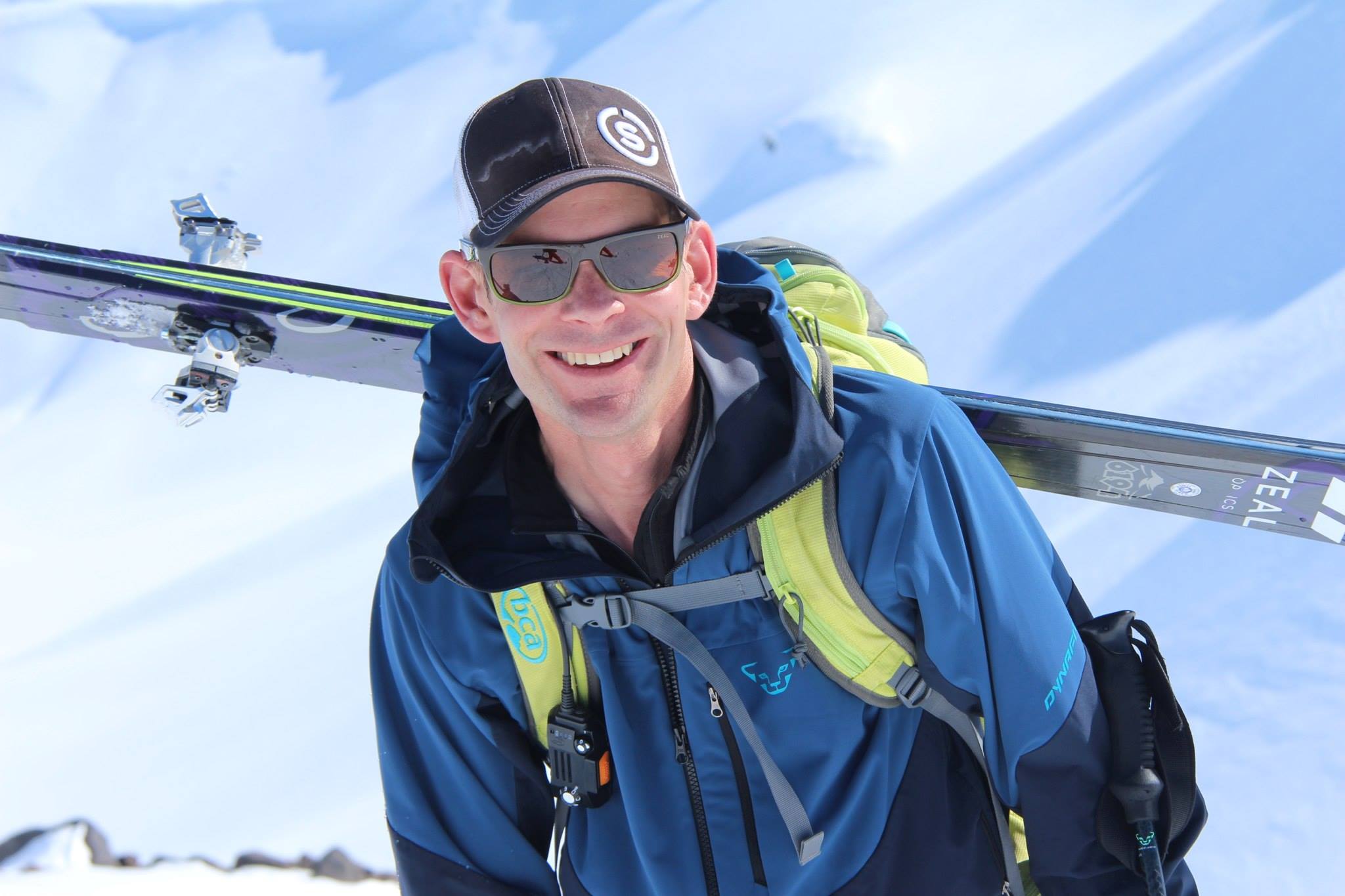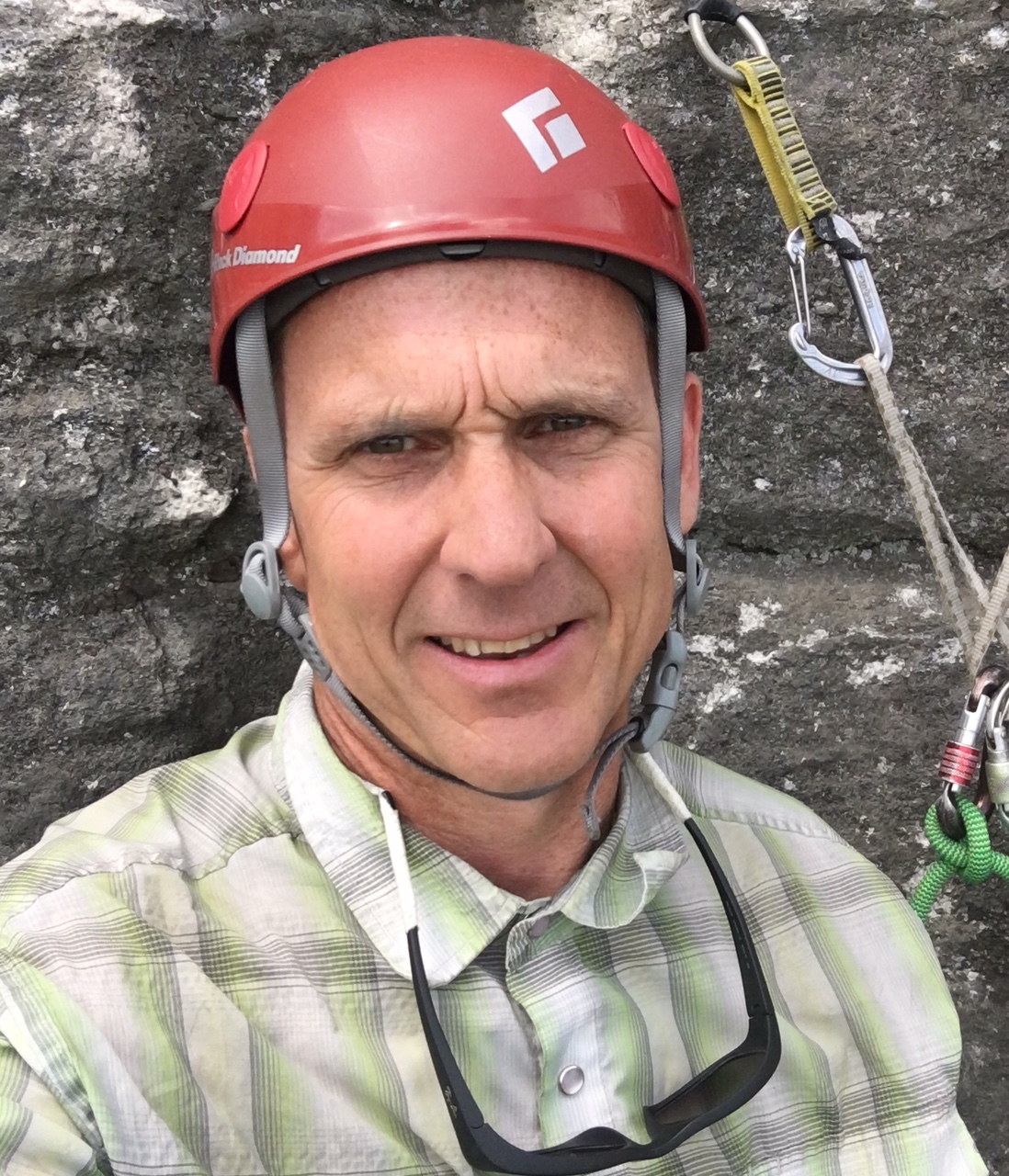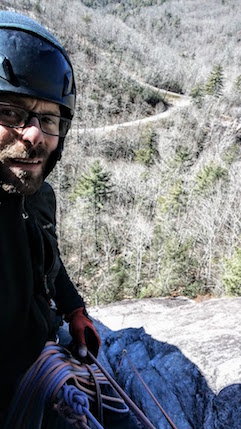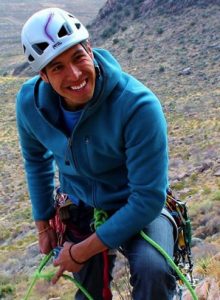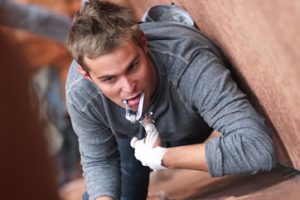What Happens When It All Goes Wrong? – By Dale Remsberg

I have been climbing for 26 years and guiding for 23. Although I have responded to many accidents over the years, I’ve never had anything serious happen to me.
Barry Blanchard, one of my climbing heroes, famously wrote in an email to a group of friends, “It finally happened.” He had broken the golden rule of ice climbing- He took a leader fall.
I have lived by the leader must not fall rule my entire ice climbing career. And, in fact, I still remember the time I took a fall on top rope in 1996 -a much safer way to climb when the rope is above you- and vowed to never ever fall on top rope again. I thought about it all the time and really started to believe that I might just make it through my career, and be able to retire from ice climbing, without taking a leader fall.
Then it happened to me. It was a cold January day on Camp Bird Road above the historic mining town of Ouray, Colorado. I was teaching an Ice Instructor Course for the American Mountain Guides Association and leading a very easy climb that I had completed many times before. We were on pitch two and my student guides were patiently waiting at the belay as I led and explained what I was doing. Roughly one-third of the way up the pitch and while placing my third ice screw, I explained how my last screw placement was not as good as I had hoped, and therefore was going to place another on a small ledge where I had good foot and tool placements. The rest is a blur. I can surmise that I was hit by a large piece of snow that likely fell off a tree, and just like that I was falling. I still remember bouncing down the ice and rock and coming to rest on the last ice screw just before hitting a ledge.
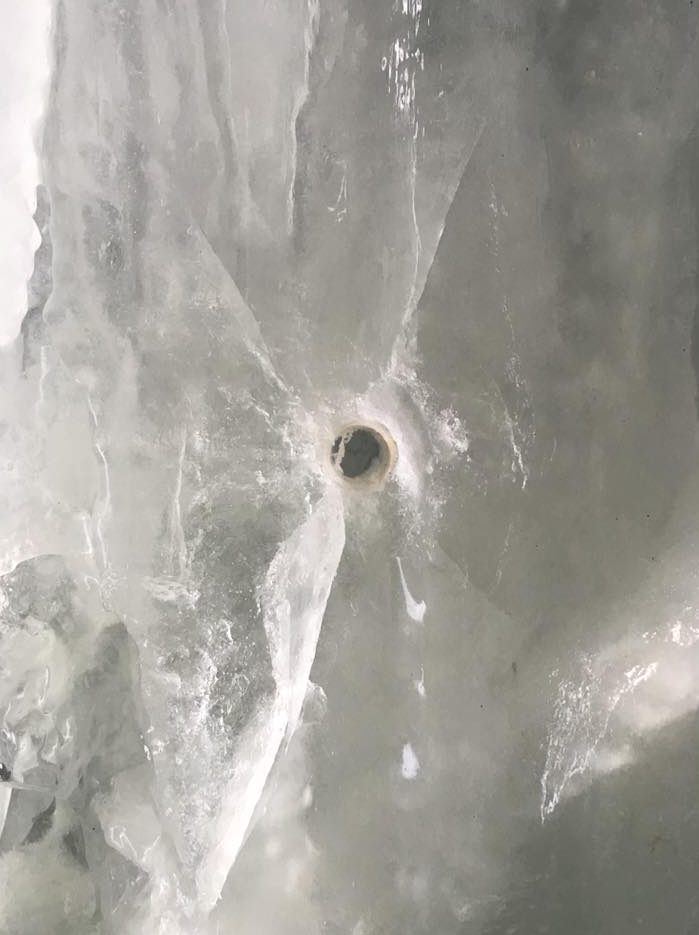 I immediately knew something was wrong and, although I was not in that much pain, my breathing was already labored. We were on the phone immediately to seek help. While the rescue had been initiated, my students applied their evacuation skills and were able to get me to the ground, 200 feet below us.
I immediately knew something was wrong and, although I was not in that much pain, my breathing was already labored. We were on the phone immediately to seek help. While the rescue had been initiated, my students applied their evacuation skills and were able to get me to the ground, 200 feet below us.
About 4 hours later I woke up in Montrose with a tube sticking out of my chest and the trauma surgeon debriefing me on the severity of my fall. Had I not made it to definitive care as fast as I did the outcome would likely have been much different. The injuries included a torn left hip labrum, 3 broken ribs, a Hemopneumothorax (collapsed lung with blood in the chest cavity), and massive bruising. I was fairly lucky actually with all the sharp things.
What was the difference? A phone! Something we all take for granted in the urban environment but something I will never go into remote situations without again. Since my accident I have recovered well and, thanks to SPOT Global Phone, I won’t have to be in a remote situation without phone communication again. After the accident, the AMGA revised its risk management and emergency communication plan to always include satellite communication in remote locations. We tested multiple services and decided SPOT was our best choice due to the their service and reliability. The AMGA Instructor Team is now very lucky to be able to carry SPOT Global Phones on all our programs.
– Dale Remsberg, AMGA Technical Director








